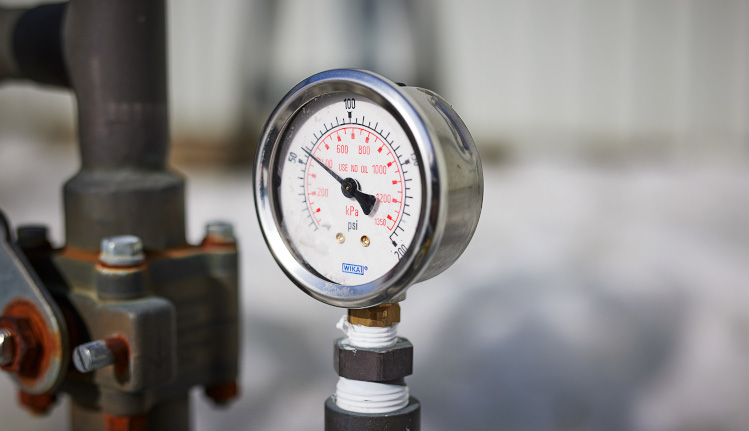
When quantifying greenhouse gas (GHG) emissions and their effect on our modern society, it can be hard to find a metric that accurately expresses the cost of these emissions. In 2008, after a Centre for Biological Diversity lawsuit regarding new fuel economy standards, the United States government tasked the Department of Transportation with producing an estimate of the dollar value of the net effects (damages and benefits) of carbon emissions. In order to assist policymakers in assigning a monetary value to climate change, a US interagency group developed the Social Cost of Carbon (SCC) metric in 2009.
The social cost of carbon represents the economic damages that result from emitting one additional ton of carbon dioxide into the atmosphere. As explained by the Resources for the Future Social Cost of Carbon Initiative, the SCC is calculated via specialized computer models that predict future emissions, model future climate responses, assess the economic impact of future emissions on the economy, and aggregate this economic impact in terms of present-day dollars. With global emissions targets changing in light of the Paris agreement and corresponding 1.5°C global warming limit, the SCC has likewise experienced fluctuation in the years since its development.
In 2017, the interagency working group tasked with developing the SCC was disbanded. When it was reconvened in 2021, US President Biden tasked the group with updating the SCC to a 2022 standard. As it stands now, the SCC value is about 51$ USD per ton of CO2 emissions—compared to 43$ a ton in 2008, and 3-5$ a ton in 2017. Since its initial development, the SCC has been enacted in the US at the federal and state level, as well as having been adapted by the Canadian government to address Canadian emissions in terms of monetary value. At the federal level, in both the United States and Canada, the SCC affects policies surrounding emissions limits, carbon taxes, and support for renewable energy.
Since its reinstatement in 2021, some environmental groups have criticized the SCC as being an ineffective measurement, remarking that it ought to be increased in line with more ambitious goals for emissions reduction. These criticisms often call for a re-evaluation of the federal “discount rate”: the rate at which society is willing to trade present benefits for future ones. As Columbia climate states, “A high discount rate implies more greatly valuing the money in hand, and spending less today to allow future generations to bear more of the costs; a low discount rate indicates a willingness to spend more today to protect future generations.”
In November 2022, the US Environmental Protection Agency (EPA) proposed that the SCC be increased from 51$ USD per ton of CO2 to 190$, a nearly fourfold increase, citing “future illness and deaths from heat waves, small particle pollution, climate-enhanced natural disasters, property damage, reductions in agricultural production, disruption to energy systems, predicted violent conflicts and mass migration.” This call for an SCC increase was echoed in February 2023 in an open letter signed by over 400 members of the Union of Concerned Scientists.
At CarbiCrete, the idea that we must act now to protect future generations is carried through in our technological solutions to the problem of pollution in our infrastructure. Concrete is the most-used manmade material on Earth, but it is responsible for about 8% of global GHG emissions. This is largely due to the production of cement, concrete’s main active ingredient and a heavy polluter. The CarbiCrete process uses no cement, replacing it in the concrete mix with industrial by-product steel slag. Through engaging in the circular economy via waste valorization, CarbiCrete adds a new kind of social responsibility to developing our built environment.



